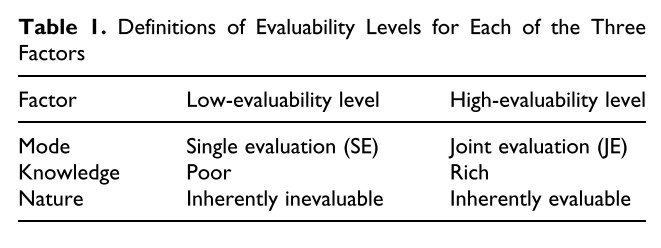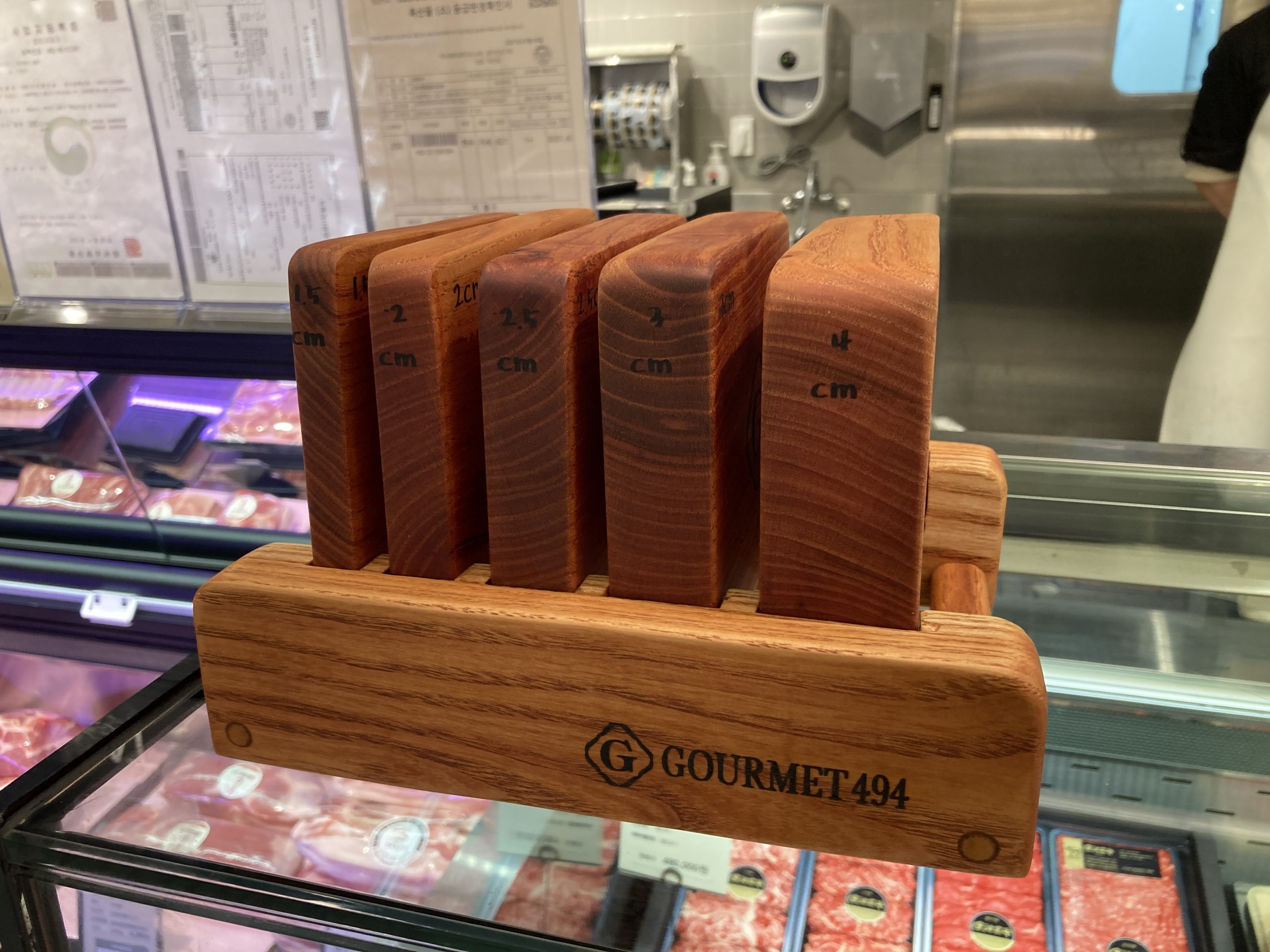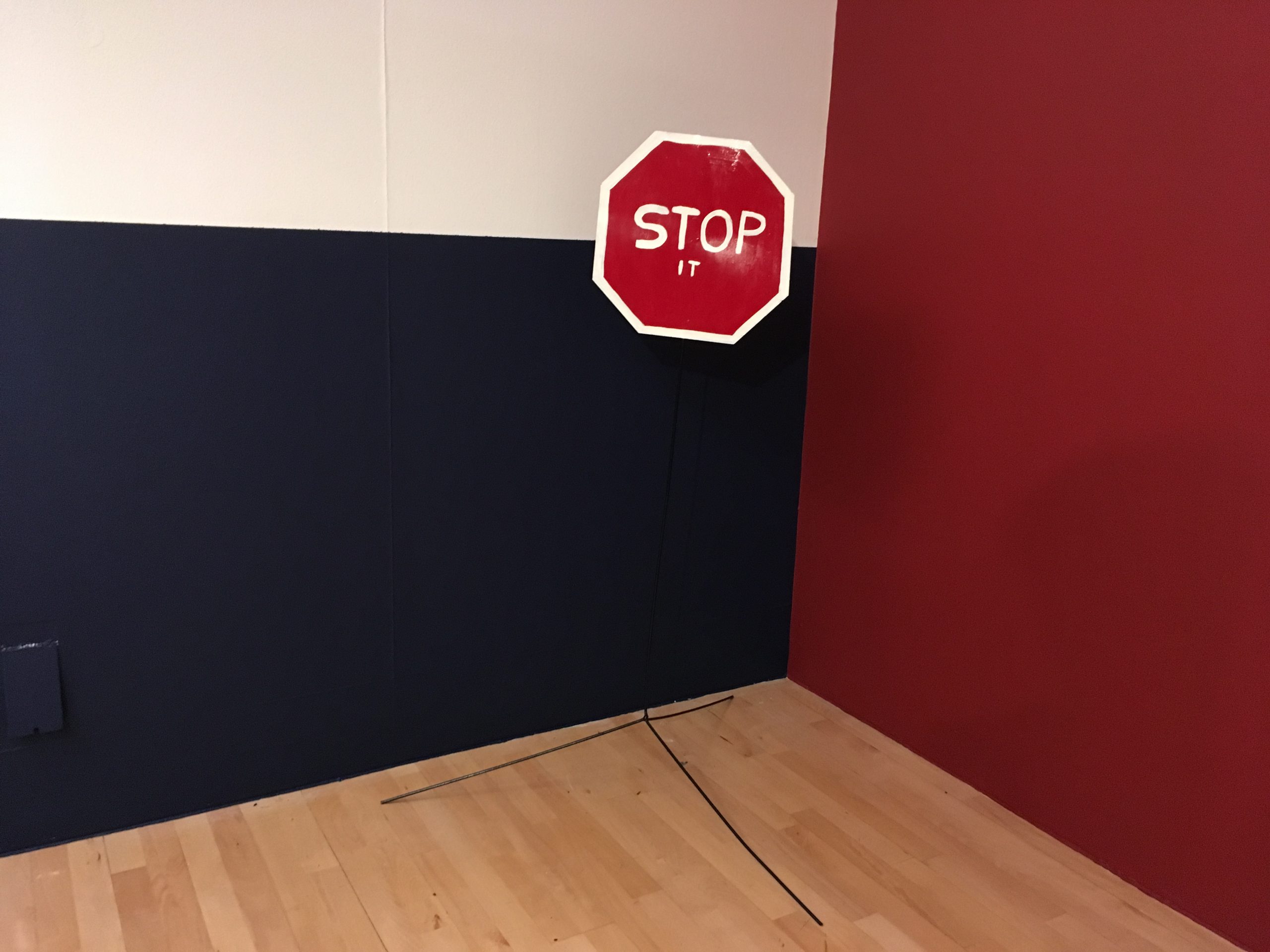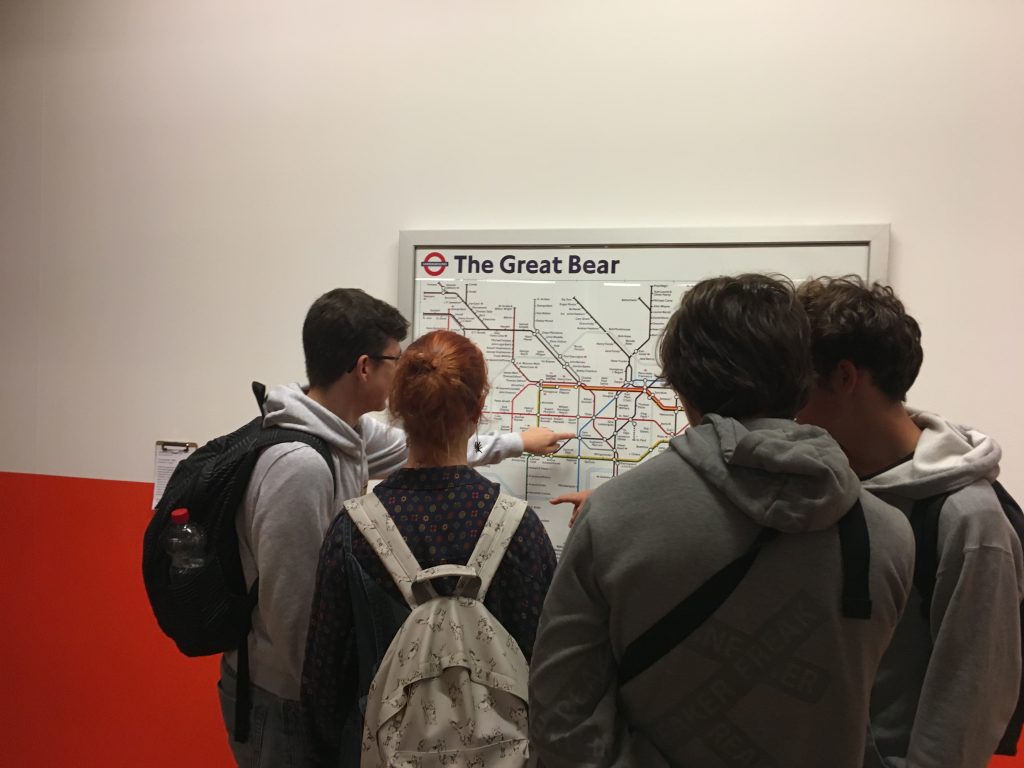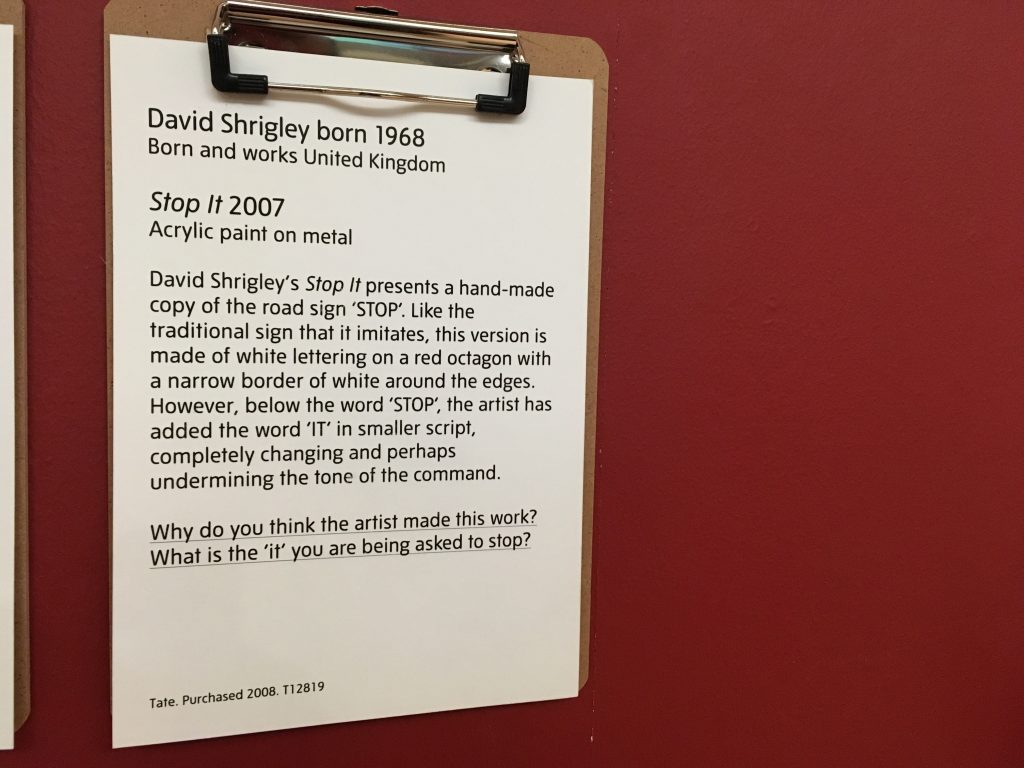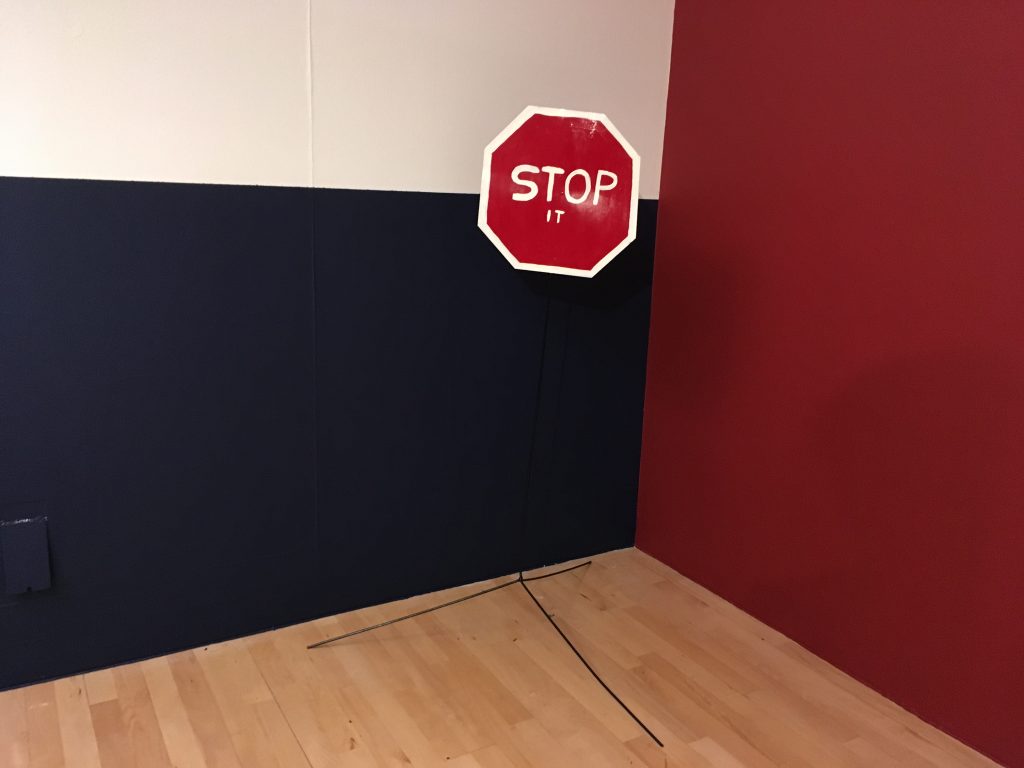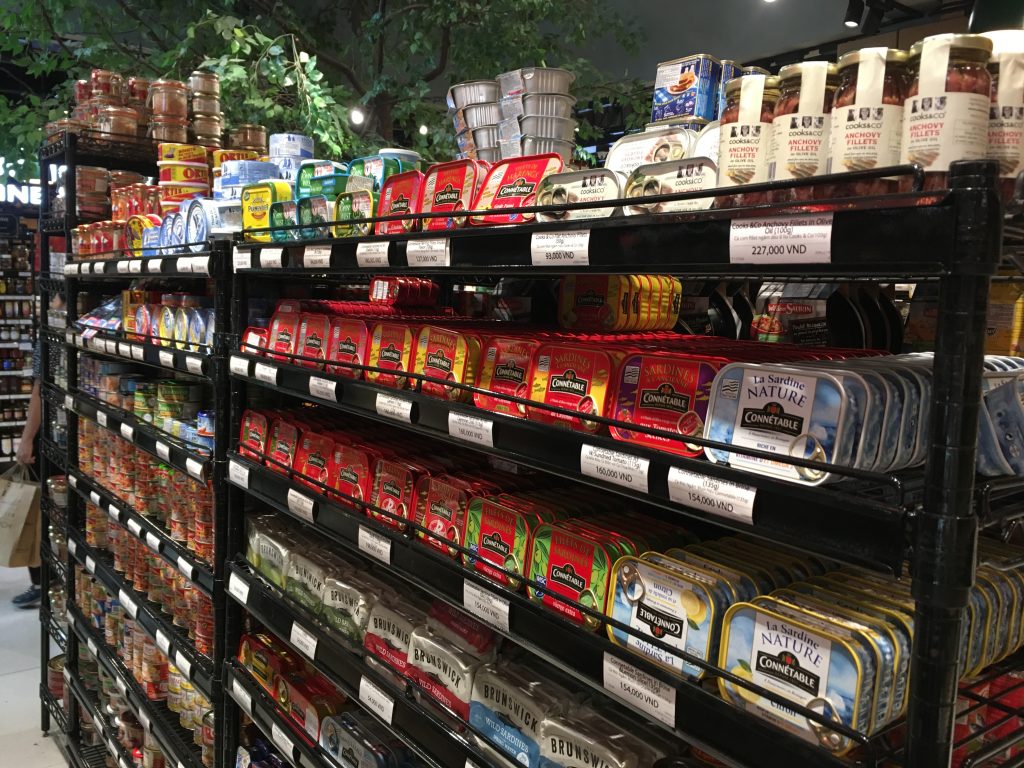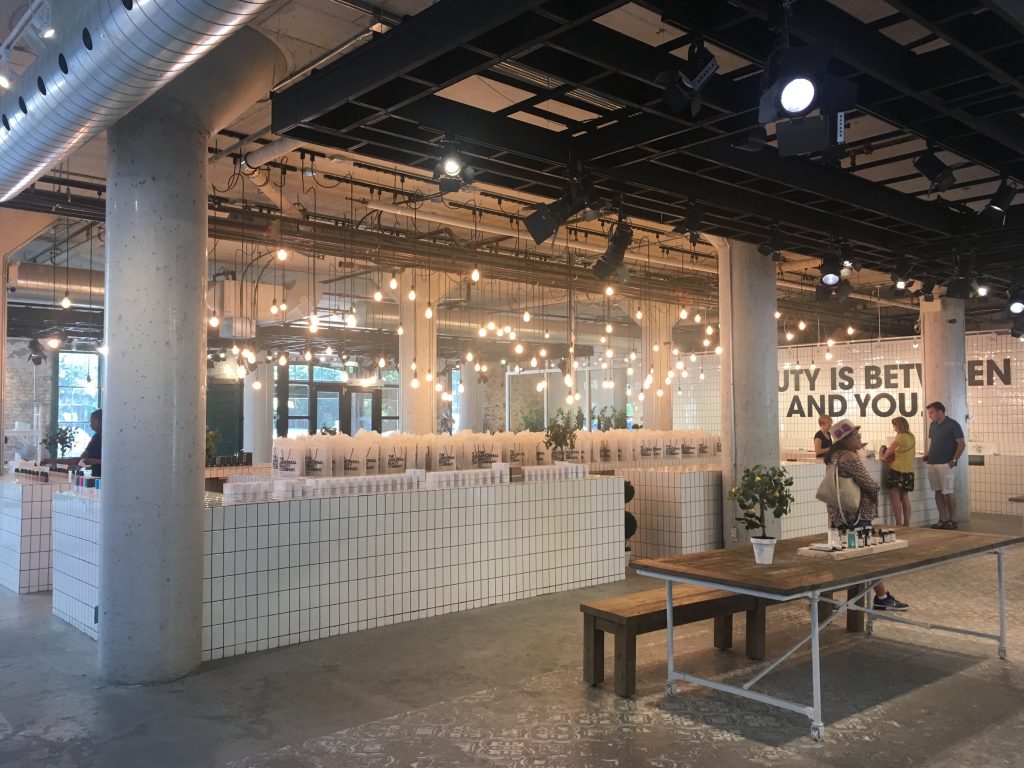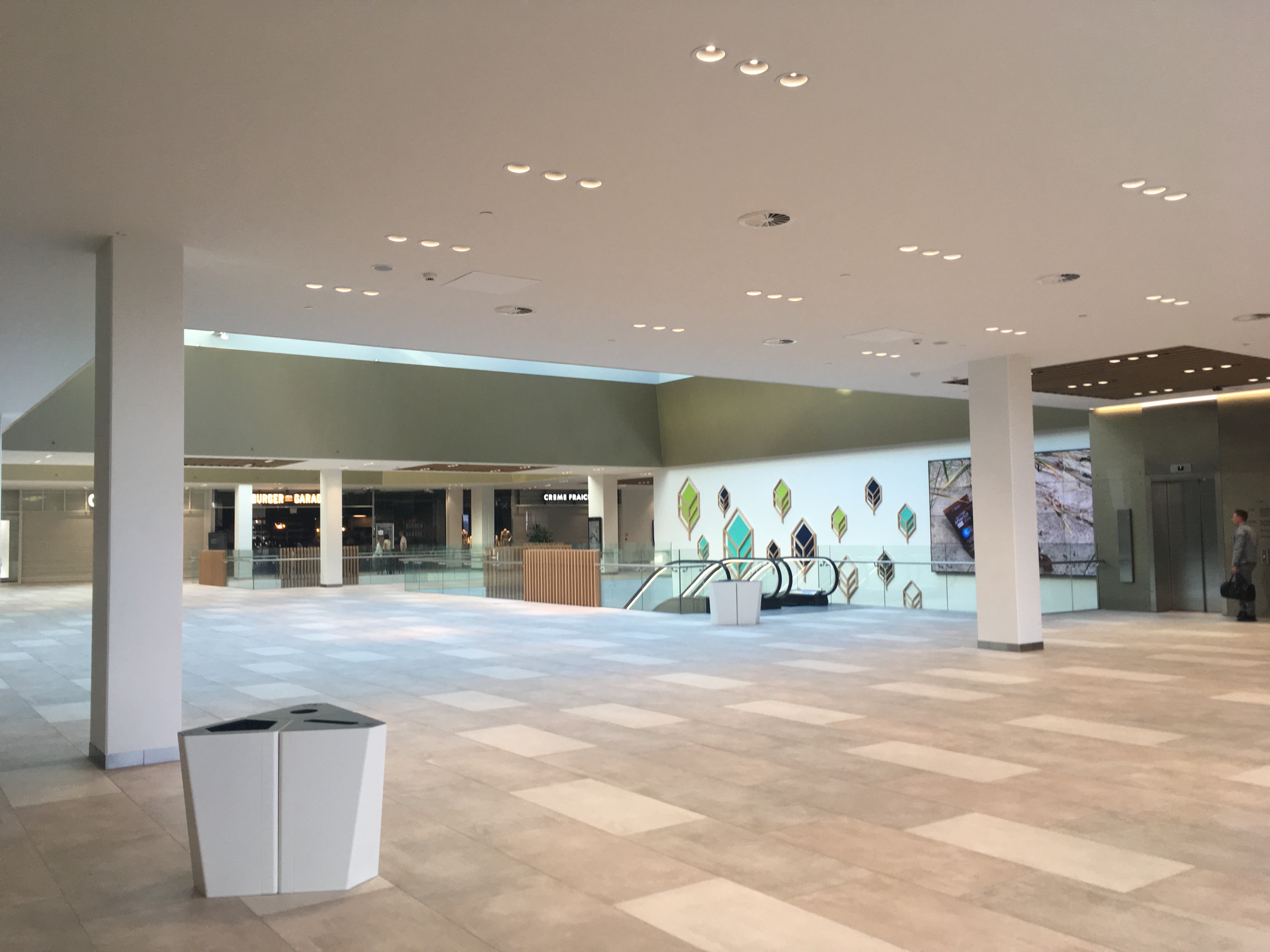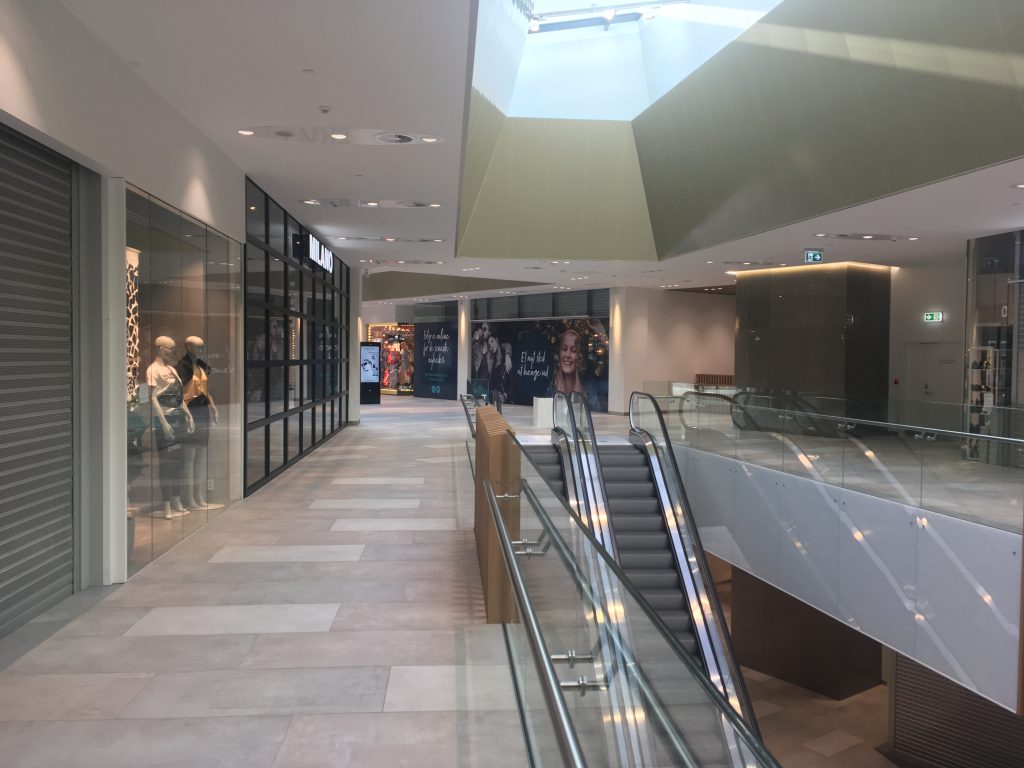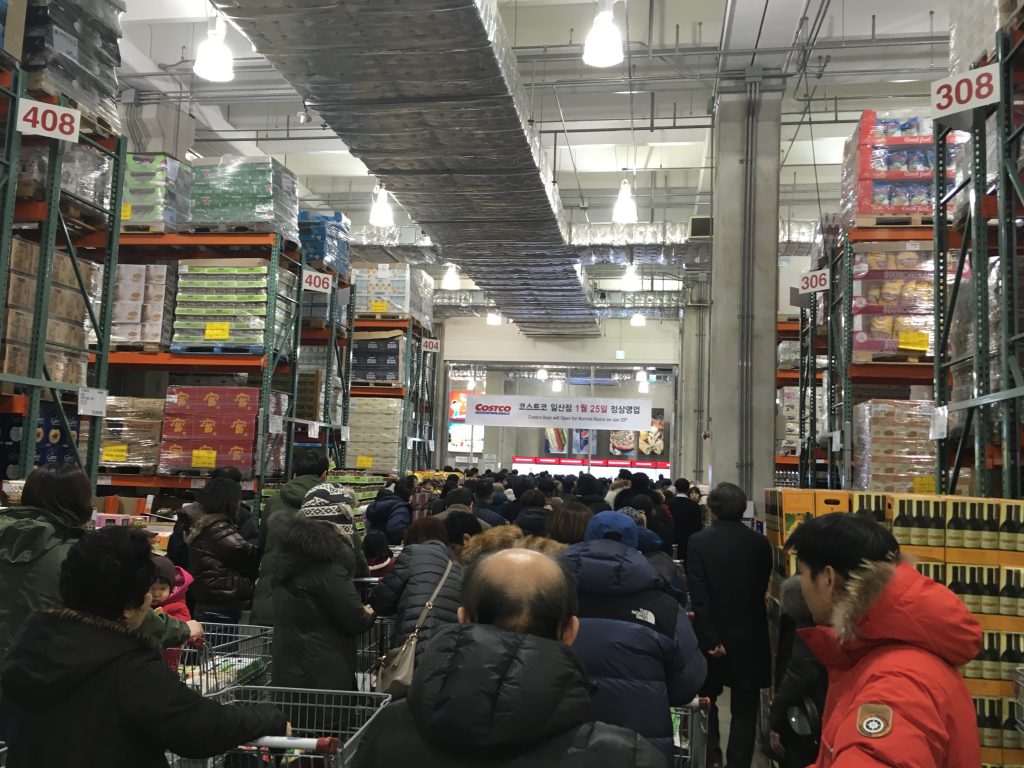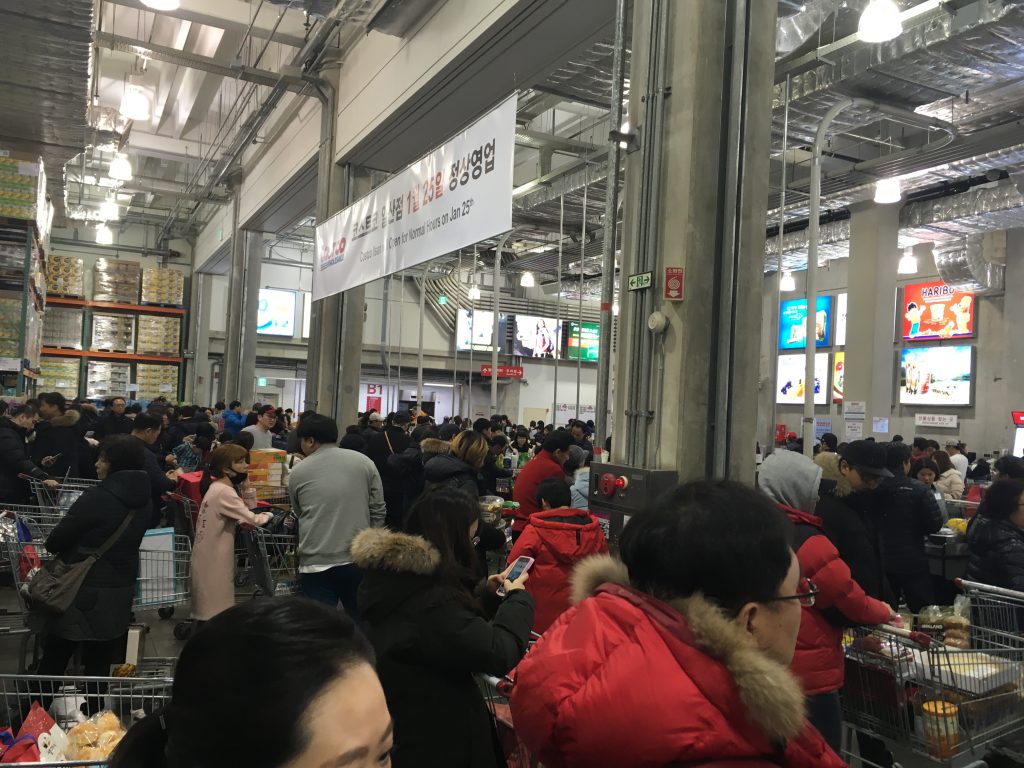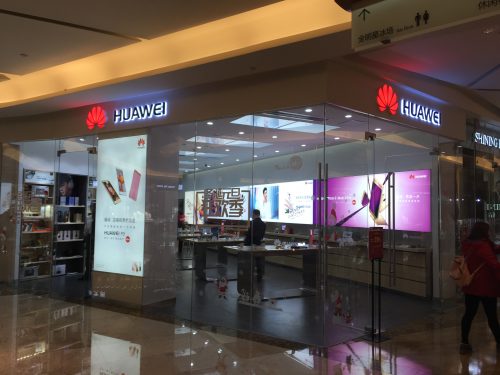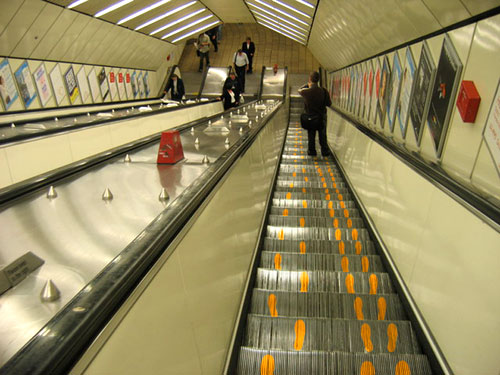Thickness matters when cooking steak. A rule of thumb is to cook a 2cm-thick piece of steak for 2 minutes for rare, 4 minutes for medium, and 6 minutes for well-done. However, we struggle with guessing how thick a piece of steak is. Seven years ago, I met a clever solution for this problem at a grocery store where there was a manually carved wood plank. Since it shows how professional providers empathize with novice customers, I have shared it with many planers and designers. Recently, I met a similar but more carefully designed wood plank at a different grocery store in Seoul, Korea. According to the website, Gourmet 494 is
a space for food, entertainment and communication, built on the concept of “grocerant” (grocery + restaurant) for the first time in Korea where groceries (food ingredients) and restaurants (food and beverages) come together in one place

Wood plank tells that thickness is difficult for people to evaluate. A specific value (e.g., 2 cm) is hard to tell another value (e.g., 3 cm) because we are not sensitive about it. About this issue, a group of psychologists introduced a concept of General Evaluability Theory about 10 years ago.
**
Reference
A central question in psychology and economics is the determination of whether individuals react differently to different values of a cared-about attribute (e.g., different income levels, different gas prices, and different ambient temperatures). Building on and significantly extending our earlier work on preference reversals between joint and separate evaluations, we propose a general evaluability theory (GET) that specifies when people are value sensitive and when people mispredict their own or others’ value sensitivity. The GET can explain and unify many seemingly unrelated findings, ranging from duration neglect to affective forecasting errors and can generate many new research directions on topics ranging from temporal discounting to subjective well-being.
In the section of Nature, the authors wrote the following. According to them, human beings do not seem to have an innate or stable scale to evaluate values on thickness.
Nature refers to whether human beings have an innate and stable physiological or psychological “scale” (reference system) to evaluate values on an attribute. The attribute is inherently evaluable if they do or inherently inevaluable if they do not. Ambient temperature is an example of an inherently evaluable attribute; even without learning or social comparison, we can tell what temperature makes us comfortable and happy and what does not. Other examples include amount of sleep, social isolation, or connectedness. The size of a diamond and the power of a car are examples of inherently inevaluable attributes; without learning or comparison, we would not know how to assess such variables. Of course, some people know how to evaluate diamond size and car power, but such knowledge is learned, not innate. Because people possess innate reference systems for inherently evaluable attributes but not for inherently inevaluable attributes, value sensitivity (without learning or comparison) is higher for inherently evaluable attributes (H1.3). More precisely, people in SE are more sensitive to differences on an inherently evaluable attribute than to differences on an inherently inevaluable attribute, holding their sensitivity to the two types of differences in JE constant; see our discussion of the Mode × Value × Nature interaction later in this article.
It should be noted that classifying a variable as inherently evaluable does not mean that it is immune to the influence of external reference information (such as social comparison); instead, it means that people can evaluate the variable even without such information. Also, inherently evaluable variables are not always associated with basic biological needs—they also include socio-psychological variables, such as loneliness, depression, and sense of achievement. (For details, see Hsee, Yang, Li, & Shen, 2009.)
